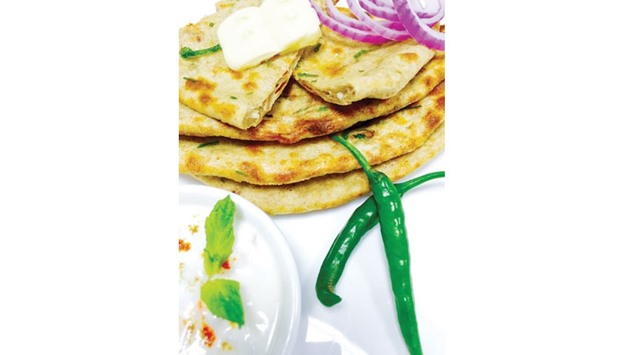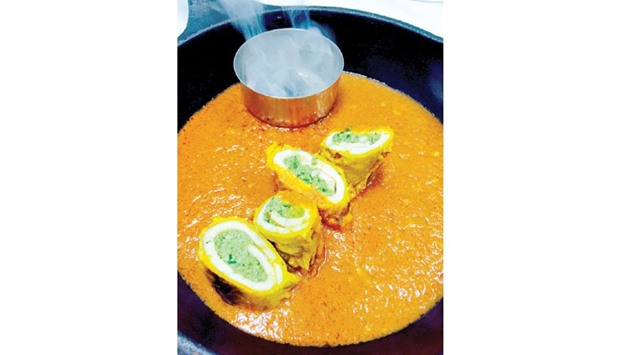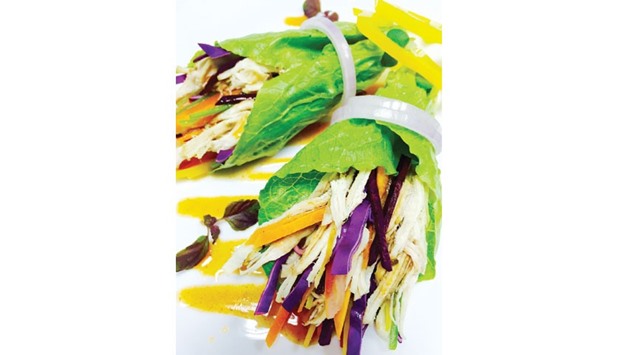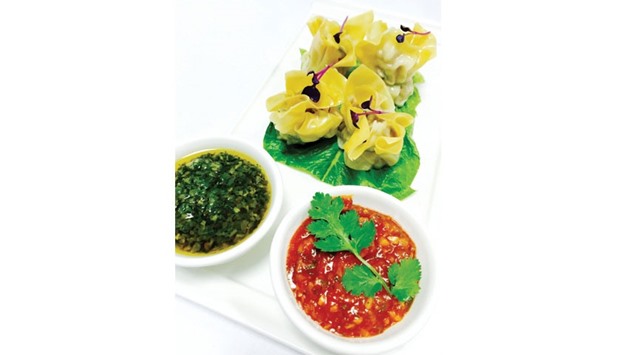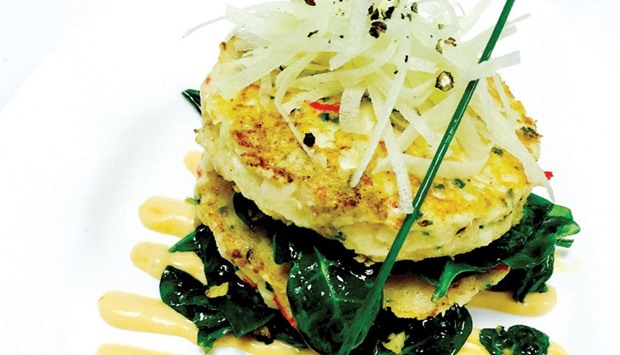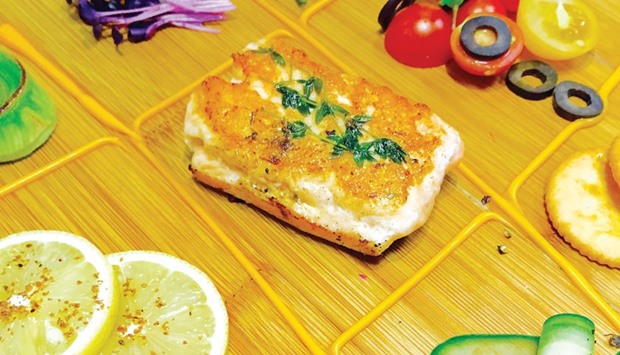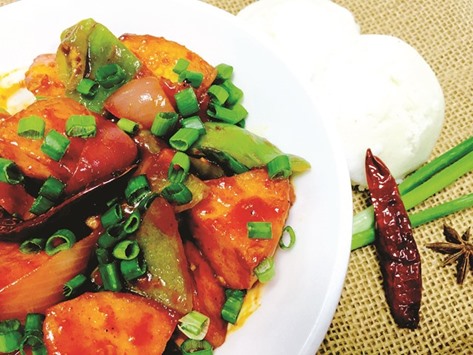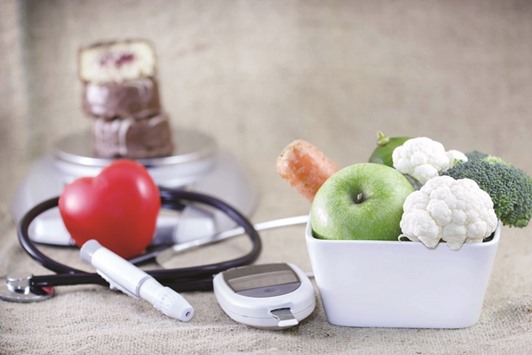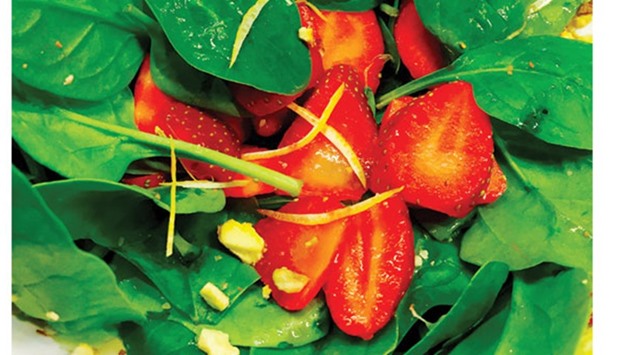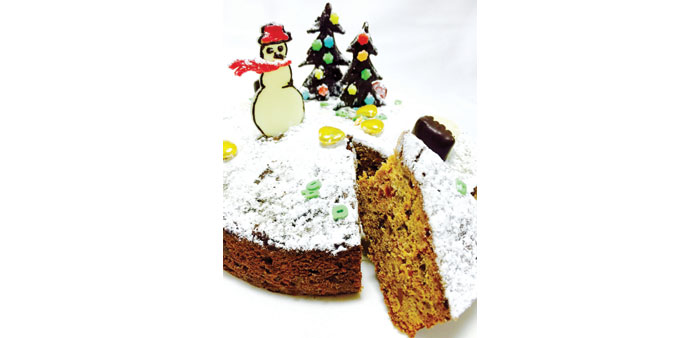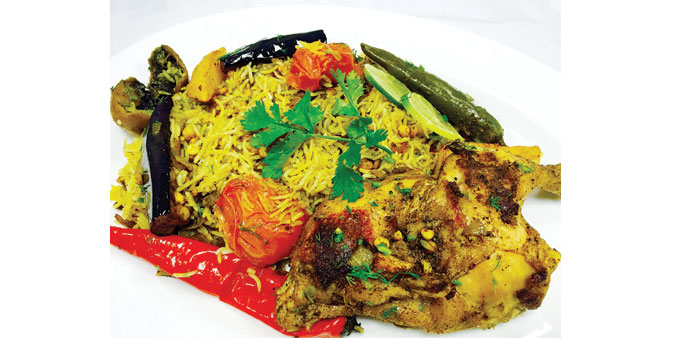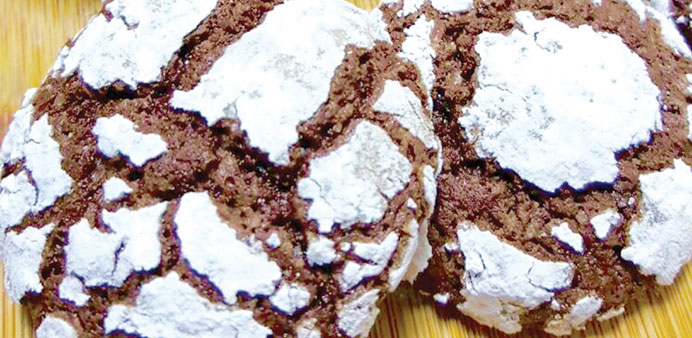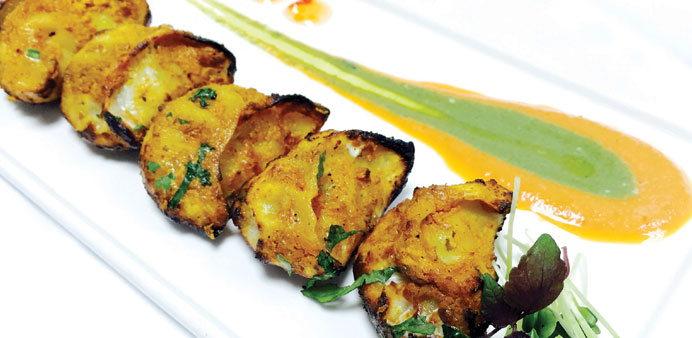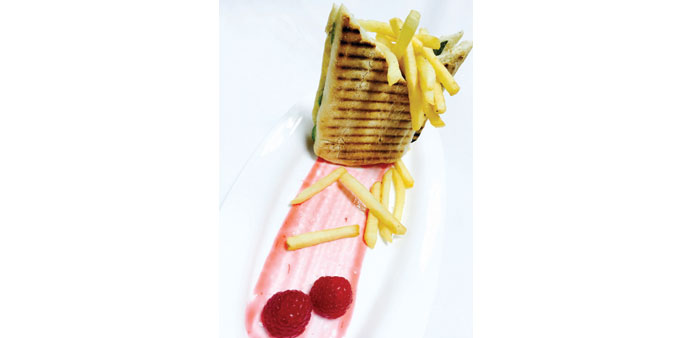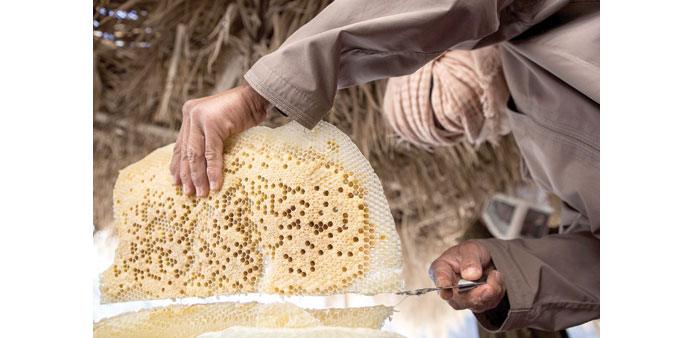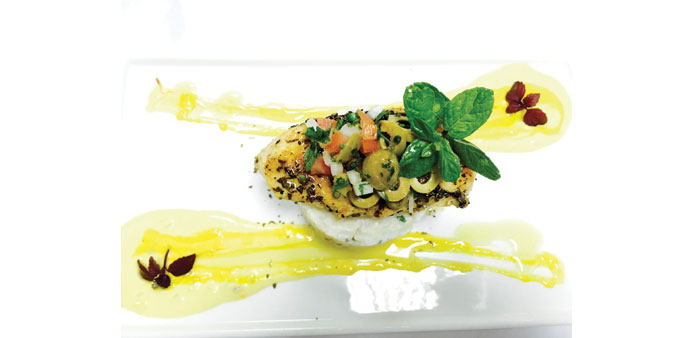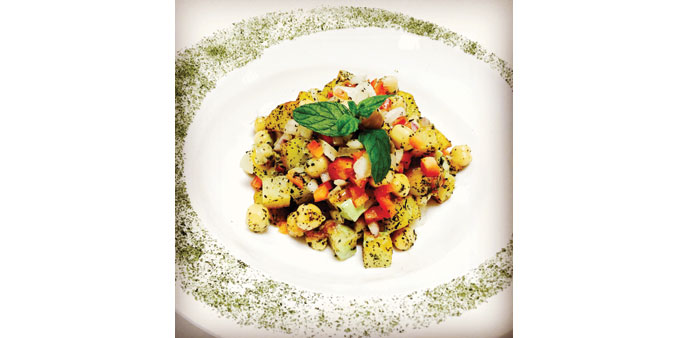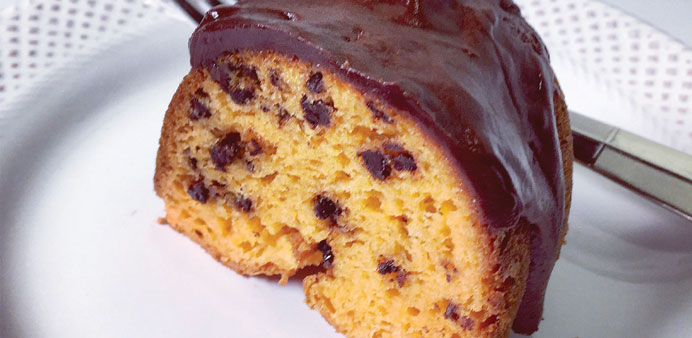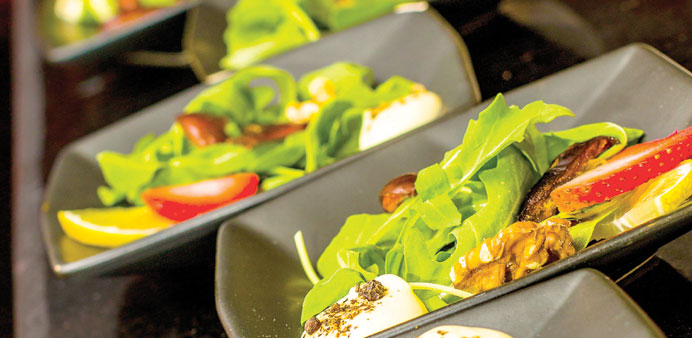I can undoubtedly call paratha as the most popular breakfast dish item from north India. They are toothsome, tasty, delicious, steamy hot and appetizing. Paratha is flat bread usually made with seasoned whole wheat flour dough stuffed with vegetables or minced meat, cooked on a hot plate and brushed with ghee when it is ready to be served. A paratha can fall into three categories, depending on their dough and stuffing. The first is a plain seasoned paratha, where there is no stuffing in the dough and the bread is seasoned with caraway seeds, red chili powder or green chilli and is usually eaten with accompanying potato bhaji or vegetable curry. The second type is the vegetarian variety, where the stuffing can vary from humble boiled potato to luxurious broccoli and cottage cheese or to the uncommon stuffing of cabbage, rice or round gourd. The third type consists of non-vegetarian stuffing, such as egg, minced chicken, lamb, or a combination thereof. The most common stuffing for a paratha, however, is boiled potato, cauliflower, mixed vegetables and cottage cheese. But the list of stuffing that can be used to make paratha is endless and one can combine two or more stuffing items to make their own kind of paratha. My favourite is cauliflower paratha, prepared by my mom. They are not only delicious but easy to prepare and cook also. Once you are done with the initial preparation, cooking them is simple and easy. That’s the reason why this is the most popular north Indian breakfast item. A paratha especially a stuffed one can be eaten simply with a dollop of butter or ghee due to its spice and flavour-rich dough. Traditionally a paratha is served with yoghurt and pickle to make the meal complete. Parathas are thought to have originated in undivided India and have travelled to the length and breadth of the continent in various forms, shapes, sizes and flavours. Now you will also find them in ready-to-eat frozen meals, which are not only tasty but also make paratha-making simpler and faster as ever. They are an integral part of a Punjabi breakfast and are also relished with a glassful of fresh lassi (buttermilk). Lassi is made by churning yoghurt and adding some water and choice of sugar or salt. You can season your salted lassi with roasted cumin powder and fresh coriander leaves and sweet lassi with various sweet concoctions like Rooh Afza or fruit pulp. Hailing from the Indian capital city Delhi and from a Punjabi family, I grew up relishing the varieties and flavours of parathas. There is even a street named after this popular food item in Old Delhi called “Paranthe Wali Gali,” meaning the street of Paratha makers. I never imagined that this simple yet exotic dish would have travelled outside India. But during a culinary exchange programme, in Singapore, I learned that the Indian immigrants introduced this dish there and created roti john and roti canal. Murgh Keema Paratha Ingredients For the dough Wheat flour 2 cups Desi ghee 2 tbsp Salt to taste For the filling Chicken minced 250gm Onion, chopped 1 no Cumin seeds 1 tsp Green chili, chopped 1 no Ginger garlic paste ½ tbsp Red chili powder 1/3 tsp Coriander powder ½ tsp Salt to taste Coriander leaves chopped 1 tbsp Kasoori methi 1 tsp Ghee 2 tbsp (to apply on paratha) Wheat flour ½ cup (to dust) Method Heat oil in a heavy bottom pan and add cumin seeds to fry. Add chopped onion and continue to cook till translucent. Add ginger garlic paste and cook till the raw smell evaporates. Add chicken mince, green chilli chopped, red chilli powder, coriander powder and cook the chicken. Continue to cook over low-medium heat till the chicken is cooked, add some moisture if the mixture sticks to the pan and adjust the seasoning. Remove from flame and add chopped coriander leave, kasoori methi and keep aside. For the Paratha dough, sift wheat flour with salt and add desi ghee to it. Gradually add water to make soft dough, knead well. Once the dough is made, brush with oiled hands and cover with a damp cloth and allow to stand for 15 minutes. Divide the dough into size of tennis ball and flatten it to make a scoop and fill adequate filling of chicken keema, secure the top with the side dough. Dust the dough ball with dry wheat flour and flatten it with a rolling pin. Heat a non-stick tava and cook the paratha evenly from both sides. Once the paratha is cooked, brush ghee on one side and turn over to colour the paratha. Once the side is light brown turn over and serve hot with yoghurt and choice of pickle.
Thursday, November 21, 2024
|
Daily Newspaper published by GPPC Doha, Qatar.

